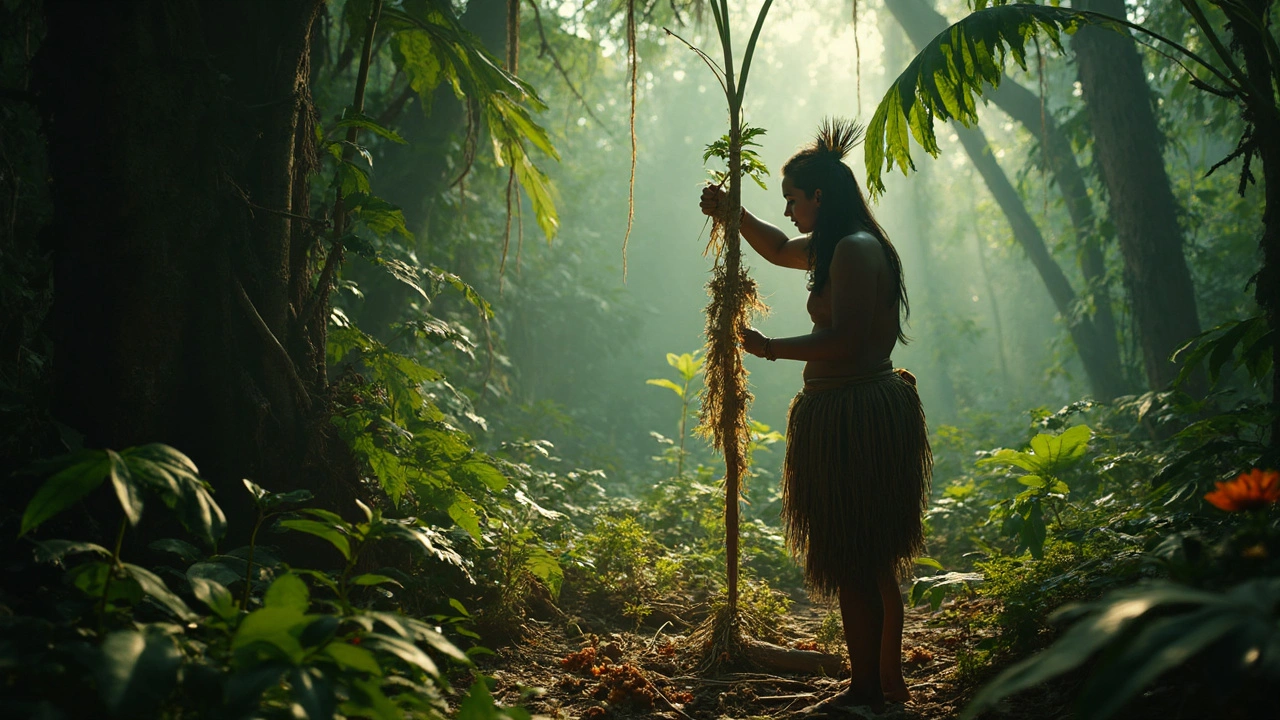Amazonian Remedies: Your Quick Guide to Natural Healing from the Rainforest
If you’ve ever wondered why people rave about jungle herbs, you’re not alone. The Amazon is a treasure chest of plants that locals have used for centuries. Today we break down the most popular remedies, what they do, and how you can add them safely to your routine.
What Makes Amazonian Remedies Unique?
These plants grow in a hot, wet environment that forces them to develop strong chemicals to survive. Those same chemicals often help our bodies – think of them as nature’s mini‑medicines. For example, cat's claw contains compounds that support immune health, while camu camu is packed with vitamin C for quick energy boosts. The diversity means you can find a remedy for inflammation, digestion, or even mood support without reaching for a pharmacy shelf.
How to Use These Remedies Safely
Start small and watch how your body reacts. A teaspoon of powdered camu camu in a smoothie is enough for most people; more can cause stomach upset. When buying dried herbs or extracts, choose reputable sellers who test for contaminants. Always read the label for dosage recommendations and never mix strong Amazonian supplements with prescription meds unless your doctor says it’s okay.
Another handy tip: make a simple tea by steeping 1‑2 grams of cat’s claw in hot water for ten minutes. Drink it once a day to see if you feel any difference in joint comfort or energy levels. If you notice dizziness or allergic reactions, stop immediately and consult a health professional.
Many Amazonian remedies work best when paired with a balanced diet. Pairing acai berry powder with regular meals can help stabilize blood sugar, while using sacha inchi oil as a salad dressing adds healthy omega‑3 fats. These combos let you get the plant’s benefits without overloading your system.
Remember, natural doesn’t always mean risk‑free. Some herbs can interact with blood thinners or affect hormone balance. Keep a list of any supplements you take and share it with your doctor during check‑ups. This simple step prevents surprises down the road.
If you’re curious but hesitant, start with one remedy at a time. Track how you feel in a journal – note sleep quality, energy spikes, or any aches. Over a few weeks you’ll see if the plant is doing what you expect. Adjust dosage based on your observations and stay consistent for best results.
Finally, respect the source. The Amazon faces deforestation pressure, so buying from brands that support sustainable harvesting helps keep these plants alive for future generations. Look for certifications or statements about fair trade and eco‑friendly practices.

Pao Pereira: Traditional Amazonian Medicine & Lab Science Insights
Finnegan O'Sullivan May 23 11Explore the story of Pao Pereira, from its roots in Amazonian healing to cutting-edge laboratory research. This article covers indigenous uses, scientific studies, how it might work in the body, potential benefits and risks, plus what to know if you're thinking about trying it. Dive into real facts, practical tips, and a look at what's still unknown about this controversial herb.
More Detail